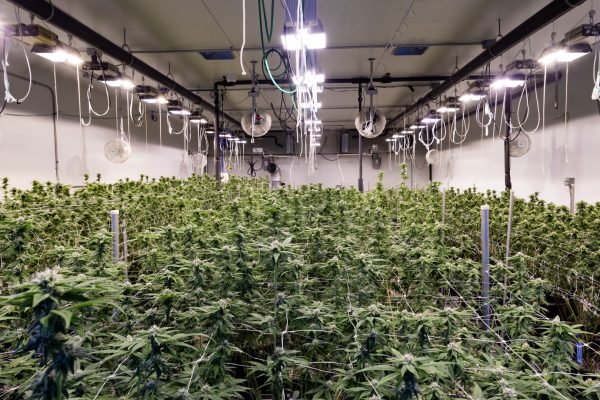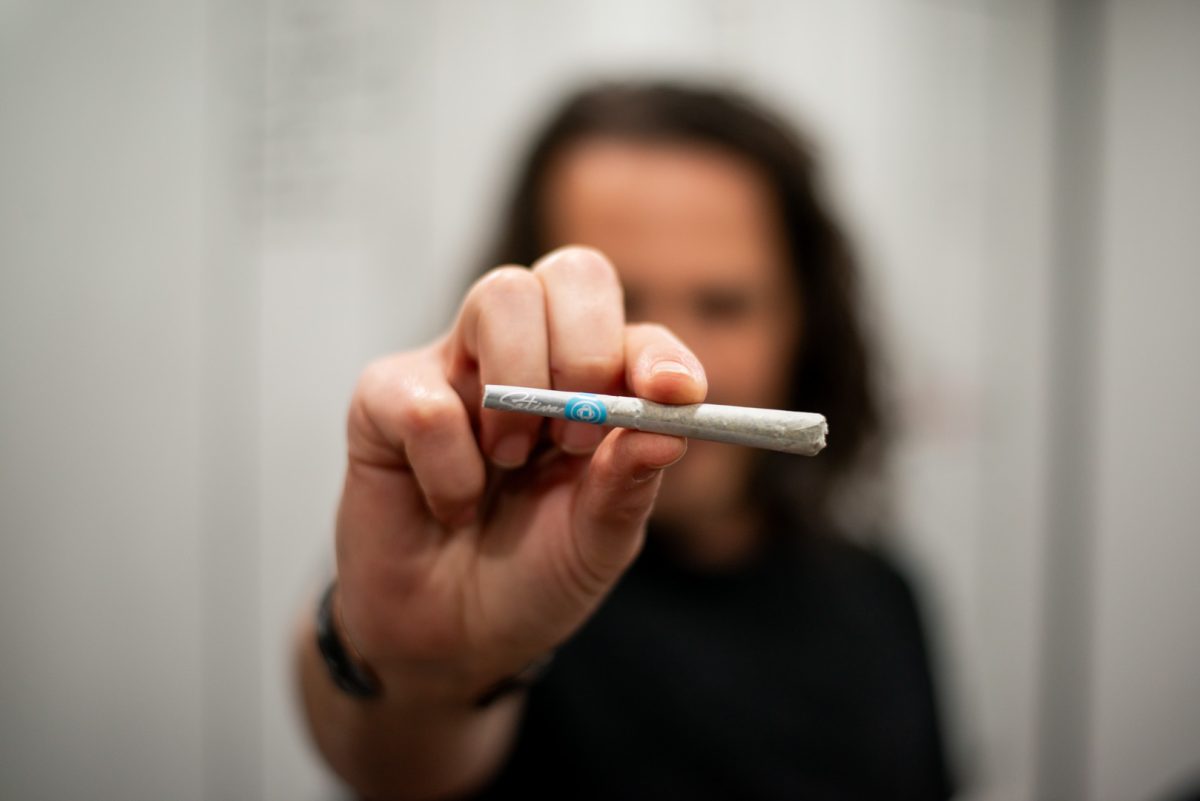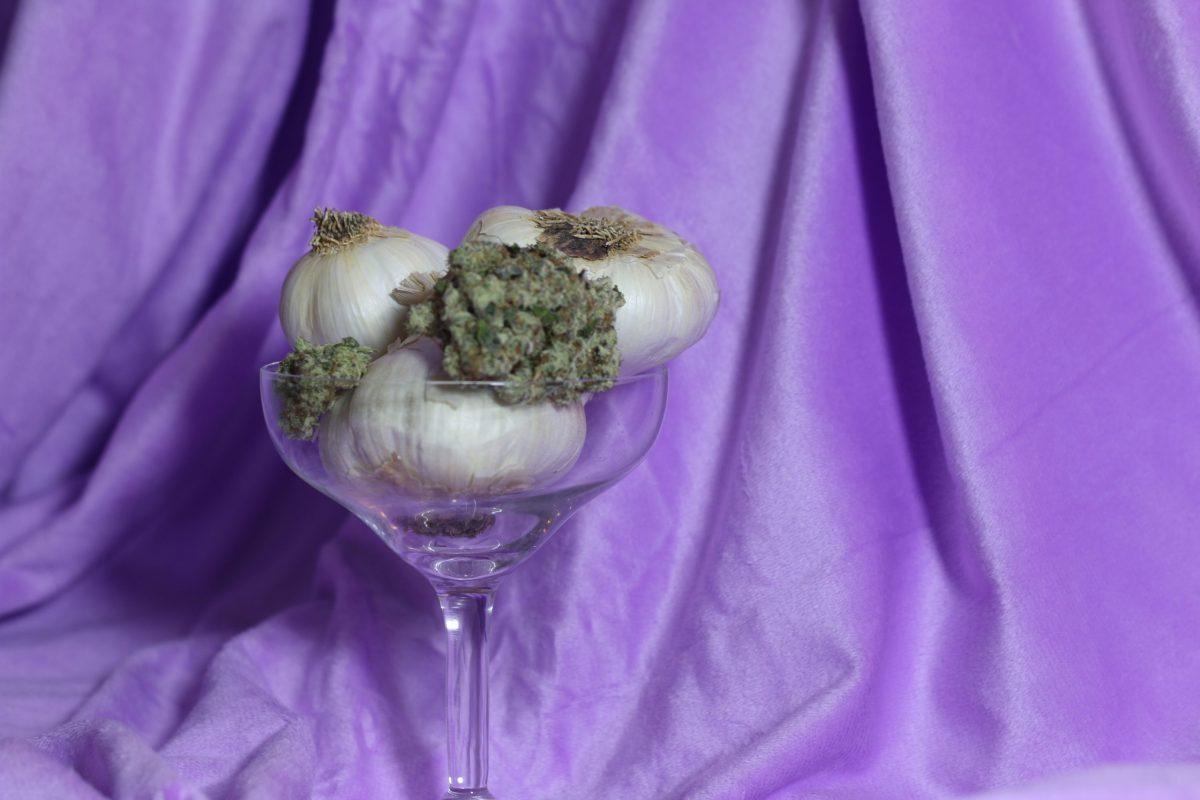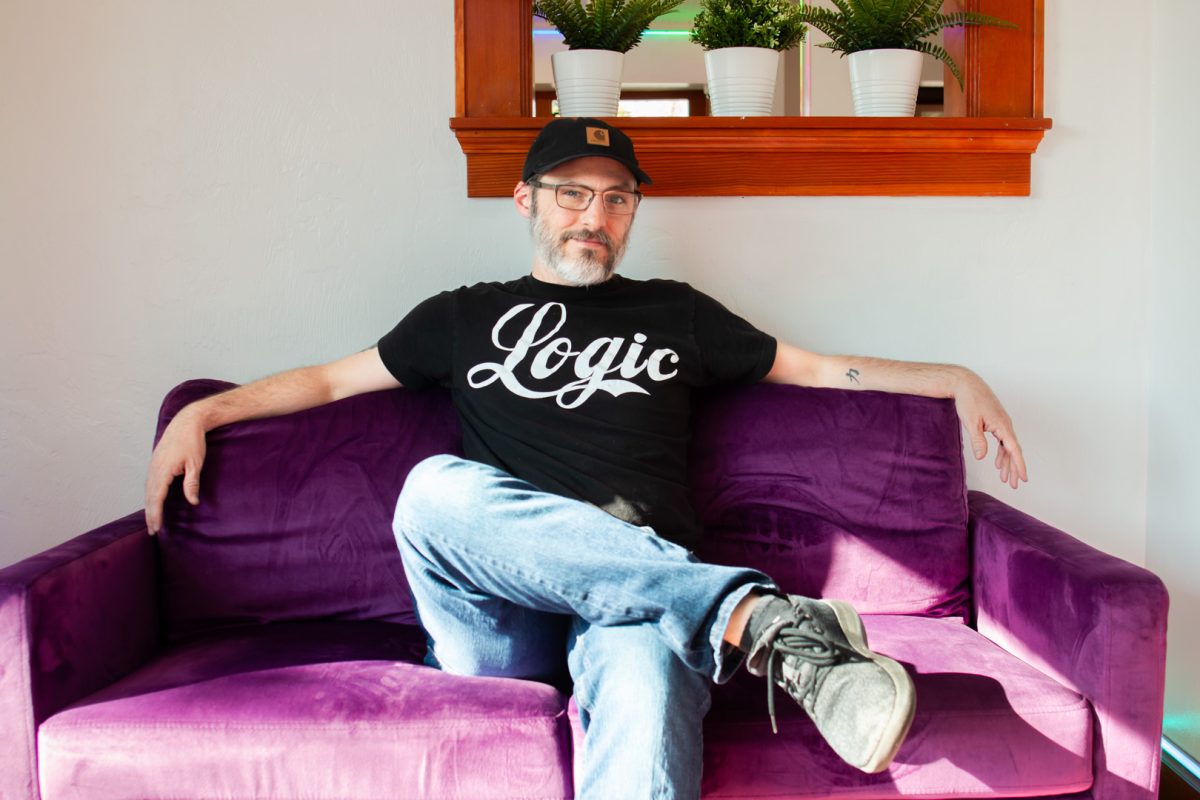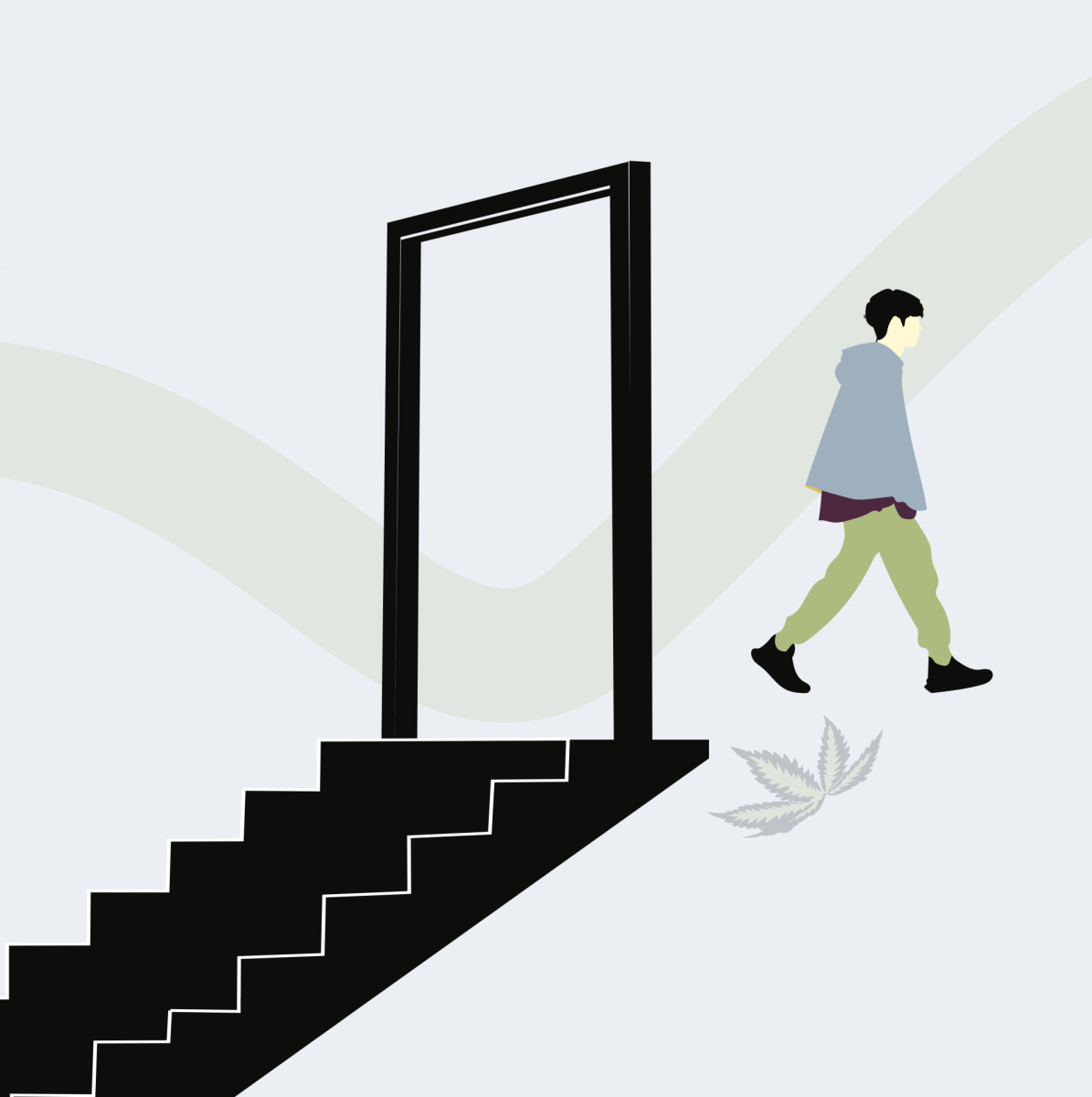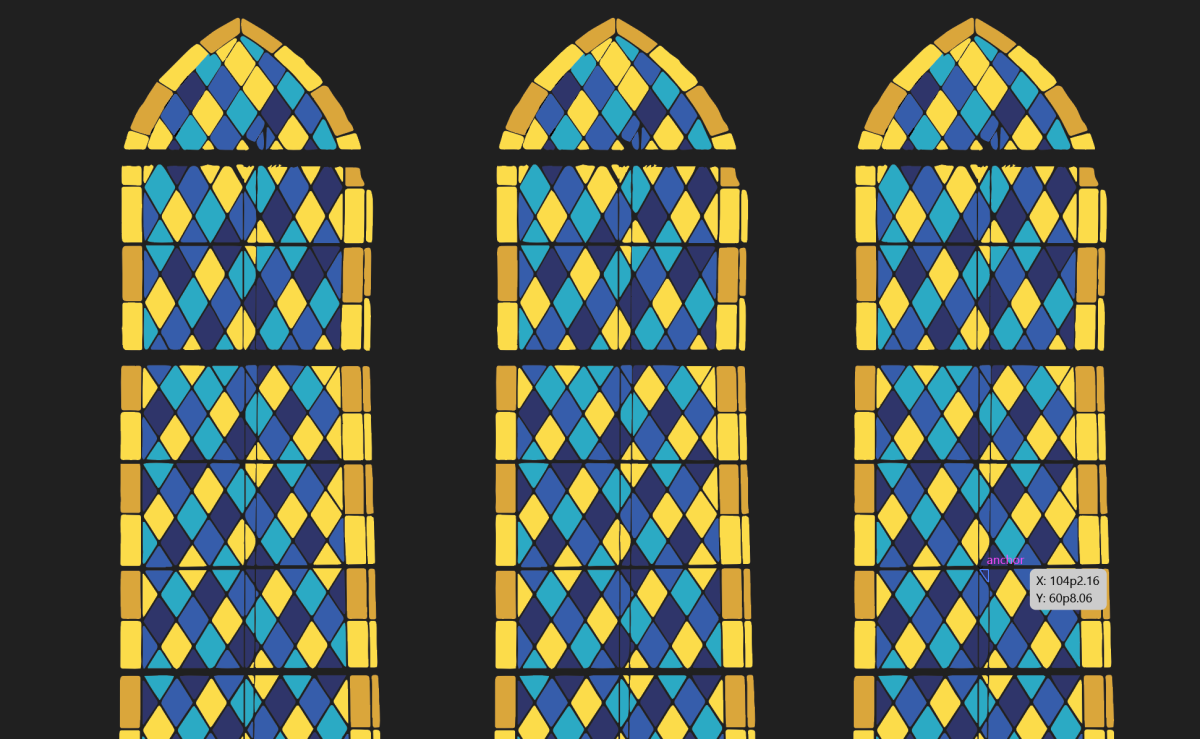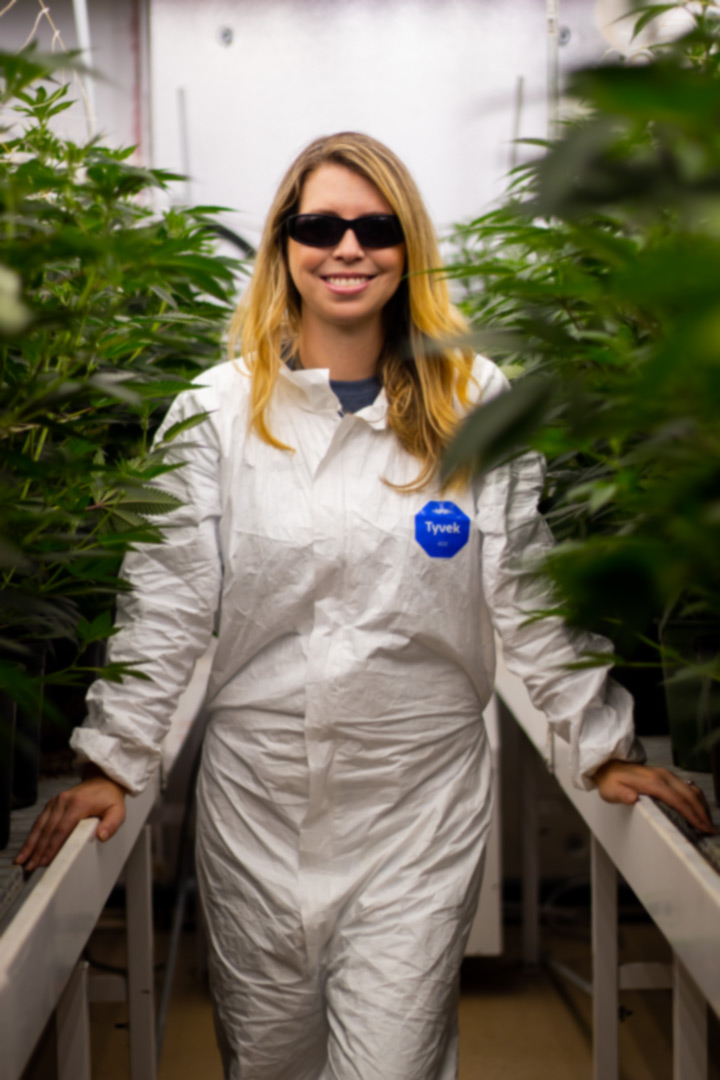Launching recreationally three years ago, Obseshn Cannabis Co. is a local cannabis company growing premium indoor cannabis, experimenting with new strains as well as growing old favorites.
Donald Brodsky, CEO and Founder of Obseshn, wanted to create a business that stands apart from everything else in the Oregon cannabis industry. “I spent a lot of time and a lot of work on our branding, our messaging and who we are as a company and why we do what we do,” said Brodsky
Brodsky wants the cannabis grown by Obseshn to help fuel people’s obsessions. For example, his obsession is creating music, and he uses cannabis to give it that extra spark.
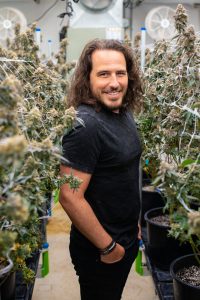
To give back to the community, Brodsky and Obseshn hope to collaborate with and promote various local artists and musicians every few months,“So it’s not just all things cannabis.” said Brodsky. “They do revolve around cannabis, but if we find someone doing really cool things within the community, it could be a nice way to highlight that and bring attention to it,” said Brodsky.
In addition to promoting local artists and musicians, Obseshn has also partnered with a Northwest Dog Rescue, helping to build infrastructure and donating portions of their proceeds to rescue and rehabilitation of dogs in need. “We eventually want to do a CBD line where all the proceeds can go to them, and all sorts of different stuff that we can do to just be a community-minded company,” said Brodsky.
While Obseshn has only operated recreationally for around three years, Brodsky has been in the cannabis industry for well over a decade, initially growing medically.

“I was licensed under the Oregon Medical Marijuana Program and growing medically for both myself, my wife and patients starting in 2004, really early in the medical days for Oregon,” said Brodsky. “I took my skill of growing, to be able to not just supply me and my wife, but to supply flower for other people that had cancers and or were suffering from ailments that a cannabis treatment helped”.
In 2015, Brodsky bought Obseshn’s current facilities to grow cannabis medically. “I didn’t really think that we would go rec, the rec market and Oregon is just a mess,” said Brodsky. Eventually, Brodsky decided to apply for a recreational cannabis license on a whim. Unfortunately, this was right before Oregon put a moratorium on cannabis licenses.
Following the moratorium, Brodsky didn’t hear anything for two and a half years. It was only in March 2021 that the Oregon Liquor and Cannabis Commission sent him an email asking if he was still interested in obtaining a recreational cannabis license. “They were like ‘you’re on the last of the list of people that are going to still be awarded licensing in the state of Oregon before the moratorium,’” said Brodsky. “After talking about it with my partner, we decided that it was a good idea to obtain a license and transition the facility here from medical to rec.”
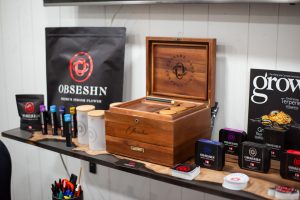
Obseshn has been producing high-quality cannabis since going recreational, taking advantage of their indoor operation by harvesting their crop every three weeks. Harvesting regularly has also allowed Brodsky to experiment with various strains, giving credit to his ability to grow entirely indoors. As a result, Brodsky has the ability to regularly experiment with and test new strains, and get them into production much faster than an outdoor cannabis grow would be able to. “If you’re strictly in an outdoor situation, that’s not really a reality,” said Brodsky.
Currently, Obseshn is in the process of breeding various new cannabis strains, but one in particular that Brodsky mentioned was a sativa strain called “Fur Slippers.”
“It’s something that is a cross of a genetic that I made years and years and years ago. So it’s kind of old-school genetics,” said Brodsky.
According to Brodsky, “Fur Slippers” is a strain that is unlike other strains of cannabis currently grown by Obseshn, having an incredibly unique nug structure, growing pattern and terp profile.
While Brodsky loves experimenting and creating various new strains, creating premium high-quality cannabis is his priority. “It’s just experimenting over and over and over again to try to hopefully find the one gem,” said Brodsky. “More often than not, you can spend a lot of time saying, ‘you know what, it’s good, but it’s not great,’ it’s not better than anything else that we’re doing, it doesn’t fill this little niche that we’re trying to find. And so we move on.”
